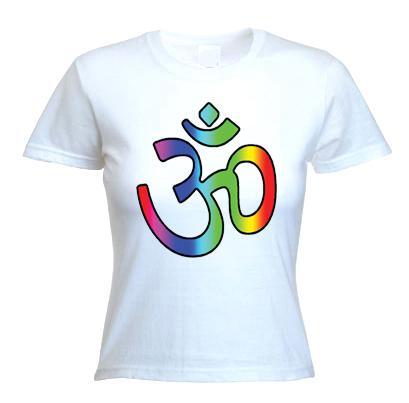
Om in Hindu: A Deep Dive into Its Significance and Rituals
The “Om” is a sacred sound and symbol in Hinduism, representing the ultimate reality and the essence of existence. It is often chanted, meditated upon, and considered to be the foundation of all mantras. In this article, we will explore the various dimensions of the Om in Hinduism, including its origins, significance, rituals, and its role in daily life.
Origins of Om
The Om is believed to be one of the oldest symbols in Hinduism, with its roots dating back to the Vedic period. It is mentioned in the Rigveda, one of the oldest sacred texts in Hinduism, which is estimated to have been composed around 1500-1200 BCE. The symbol itself is a combination of three letters: “A,” “U,” and “M,” which are pronounced as “Aum” or “Om” in Sanskrit.
Significance of Om
The Om is considered to be the universal sound that encompasses all other sounds. It is believed to be the primordial sound from which the universe was created. Here are some of the key significances of Om in Hinduism:
-
Creation: Om is believed to be the sound of the universe being created. It represents the infinite and eternal nature of the universe.
-
Divinity: Om is considered to be the essence of the divine. It represents the presence of God in all things.
-
Union: Om is a symbol of the union of the individual soul with the divine. It represents the ultimate goal of spiritual life.

-
Transformation: Om is believed to have the power to transform one’s life. It is often chanted during meditation and rituals to invoke divine energy.
Rituals Involving Om
The Om is an integral part of various Hindu rituals and practices. Here are some of the key rituals where Om is chanted or used:
-
Morning Rituals: Om is often chanted during the morning rituals, such as the “Sandhya Vandanam,” which is a set of prayers and chants performed at dawn, noon, and dusk.
-
Meditation: Om is chanted during meditation to focus the mind and invoke divine energy. It is believed to help in achieving a state of deep relaxation and spiritual awareness.
-
Weddings: Om is chanted during Hindu weddings to invoke divine blessings and to symbolize the union of the couple with the divine.
-
Funerals: Om is chanted during Hindu funerals to honor the deceased and to invoke divine peace for their soul.
Om in Daily Life
The Om is not just a religious symbol; it is also an integral part of daily life for many Hindus. Here are some ways in which Om is incorporated into daily life:
-
Chanting: Many people chant Om as a part of their daily spiritual practice. It is believed to bring peace, tranquility, and a sense of connection with the divine.
-
Mantras: Om is the first letter of many mantras, which are sacred chants used for meditation, healing, and spiritual growth.
-
Art and Decor: The Om symbol is often used in art, jewelry, and home decor. It is believed to bring good luck and protection.
Table: Om in Hindu Rituals
| Ritual | Usage of Om |
|---|---|
| Morning Rituals | Chanted during Sandhya Vandanam |
| Meditation | Chanted to focus the mind and invoke divine energy |
| Weddings | Chanted to invoke divine blessings for the couple |
| Funerals | Chanted to honor the deceased and invoke divine peace |
In conclusion, the Om is a powerful symbol in Hinduism



